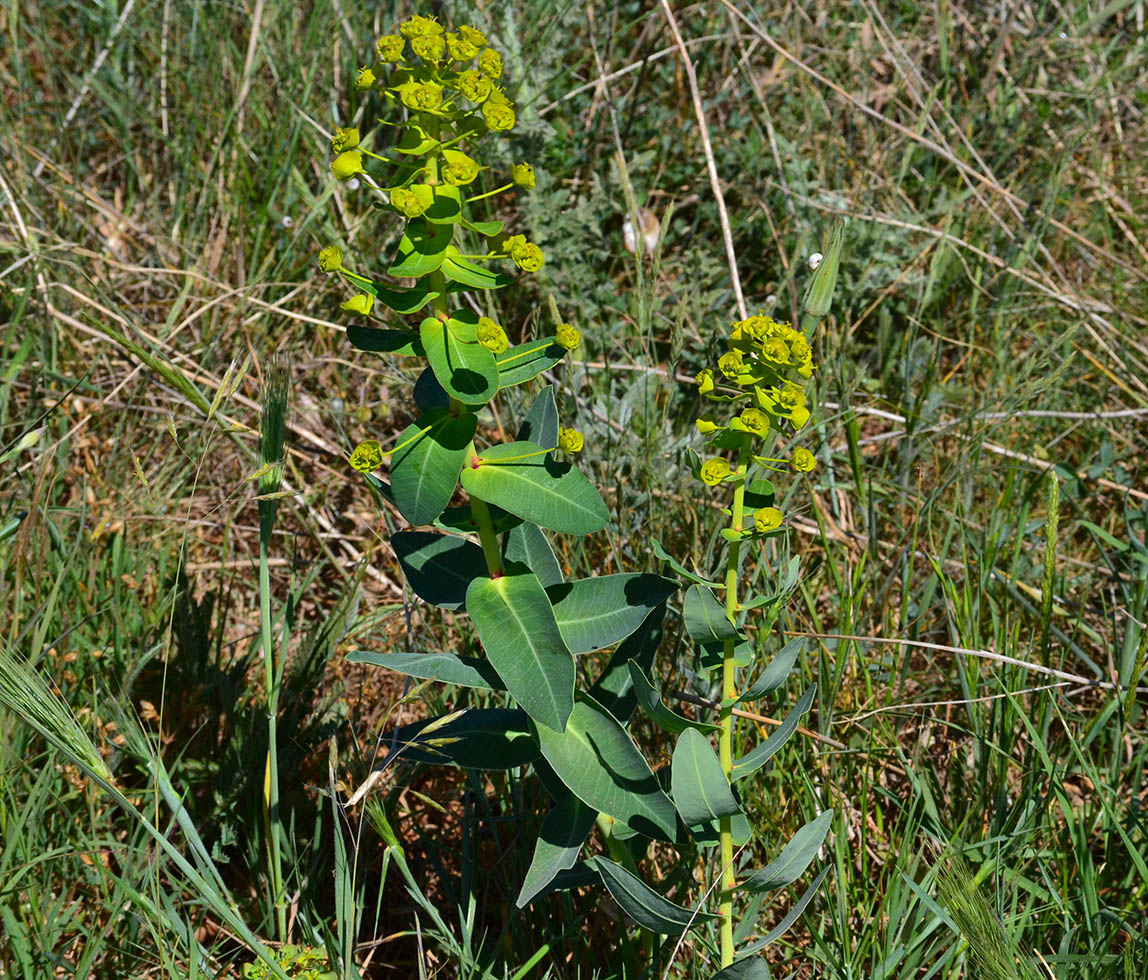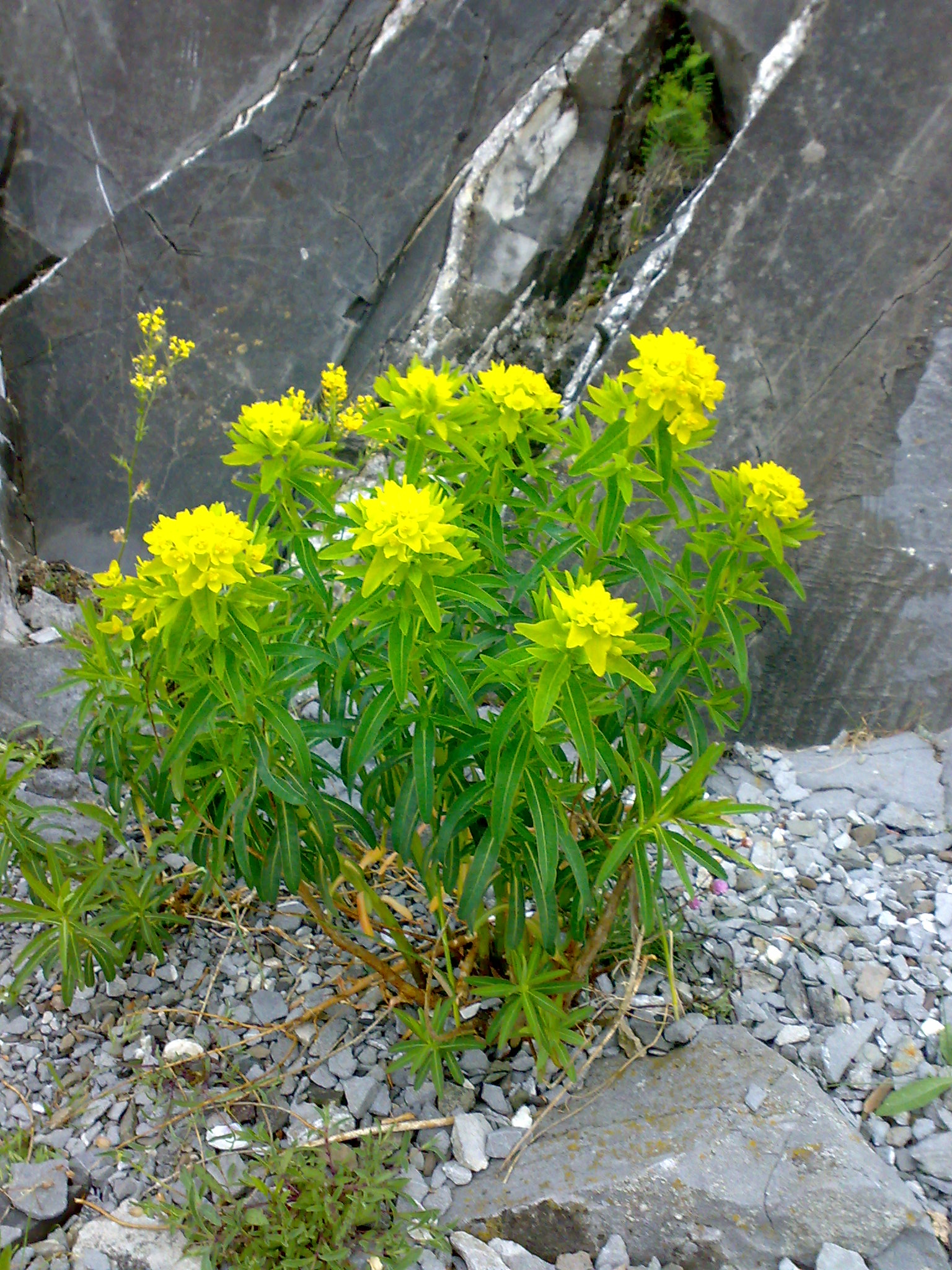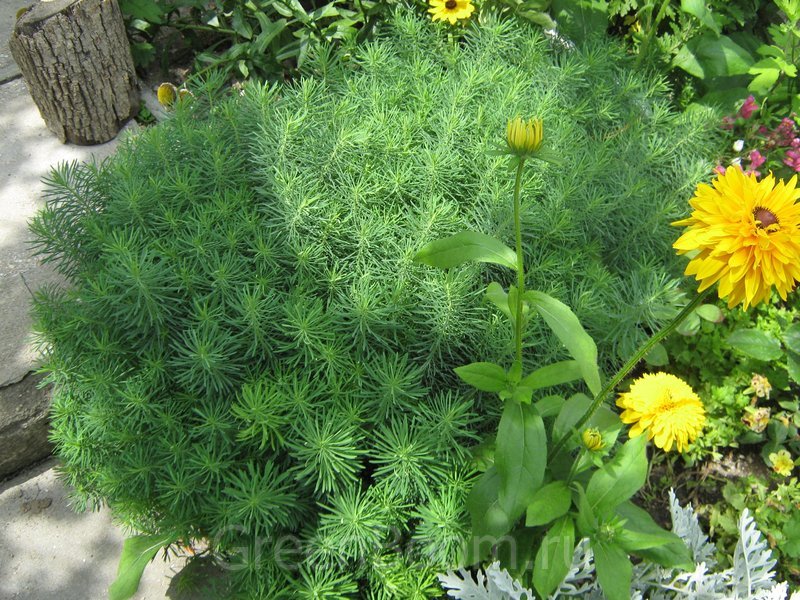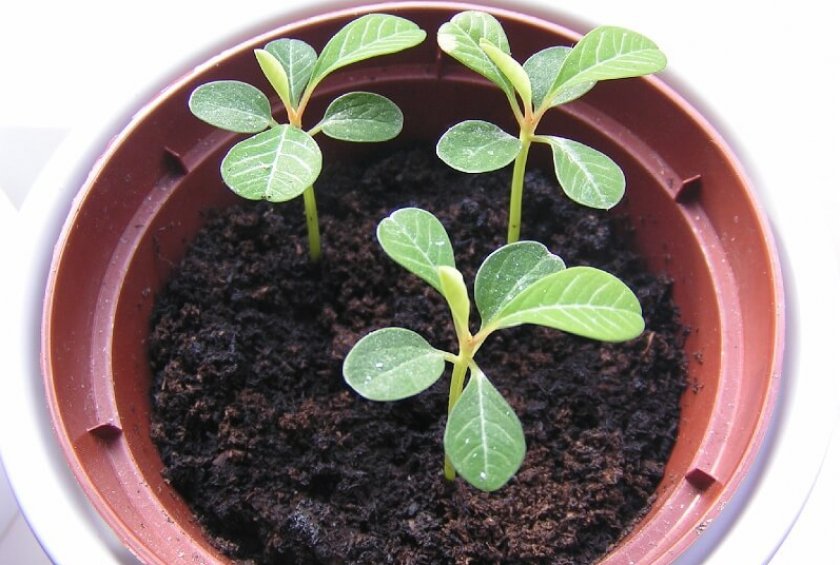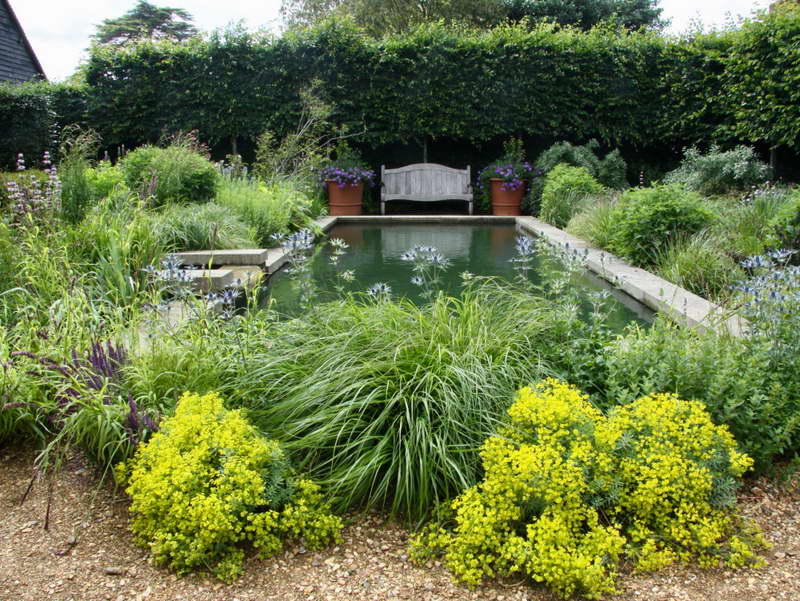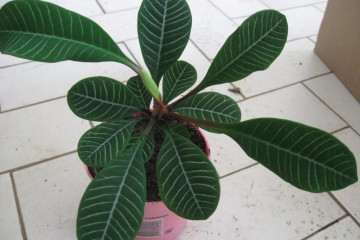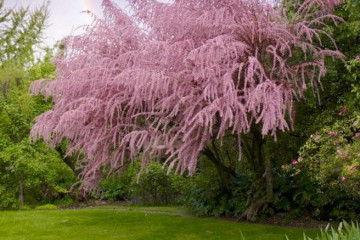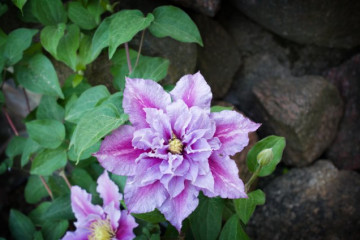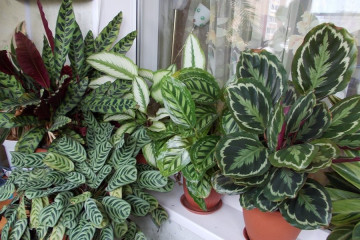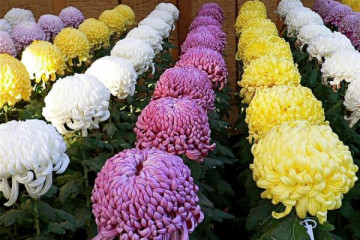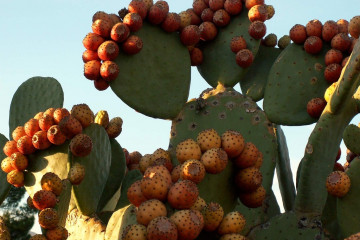Garden spurge (Euphorbia) - description of many-flowered, marsh species
Content:
Many gardeners love to decorate their plots with various decorative flowers. This type includes garden spurge. It attracts with its appearance, ease of planting and unpretentious care.
What does a garden spurge look like?
The genus Euphorbia belongs to the Euphorbia family and includes more than 1600 species. These are annual and perennial herbaceous plants, shrubs and trees. Plants are found all over the world from the tropics to the tundra.
Milkshakes are very different, but they are all united by the presence of white viscous juice in the tissues. Milky sap, contained in all parts of the plant, served as the Russian name for the genus. The content of alkaloids, saponins, glycosides and other active substances in the juice makes the plant poisonous.
The plant is widely used in folk medicine to remove warts and calluses, as a laxative and anthelminthic agent. Pallas spurge root has found application in the treatment of leukemia, sarcoma. The scientific name (euphorbia) was given to the plant in honor of the doctor Euphorb, who first used the plant in medicine.
Classification of popular types of milkweed
Garden spurge is an original plant that can be used to decorate any place. This plant has many types. Some are popular with gardeners.
- Euphorbia multiflorous
Growing and caring for this species is simple, so this perennial is one of the most beloved among gardeners. The plant forms a bush with a height of about 50 cm.
Dark green, oval-oblong leaves, turn yellow in autumn. Euphorbia blooms in the garden during May with yellow-orange inflorescences. It is drought-resistant, tolerates winter well without additional shelter. Propagated by dividing the bush.
- Comb
The plant differs from other species in that the yellow-green flowers are on a red-green peduncle. Shoots are formed from 5 faces, after the oval-shaped leaves fall off, scars form in their place.
- Field
This species is also called plowed spurge. Herbaceous plant from 25 cm to 90 cm in height bluish color. There are dense foliage on numerous erect stems. Peduncles appear on the top of the plant. Blooms from late May to September.
- Swamp
This species grows well on moist clay soil and is often used to decorate backyard ponds.
Stems with a reddish tinge form a bush up to 1 m high. The leaves are bright, green. Yellow inflorescences appear in May-June.
- White-veined
The decorative species, which occupies a leading place among domestic plants, is characterized by bright white veins on the leaves. White-tipped euphorbia is often used to decorate apartments and offices; caring for the plant is not difficult.
The plant is often confused with the comb, but the species differ from each other in inflorescences, which has no decorative value and is not valued in floriculture. It is a perennial related to succulents.
- Trihedral
The plant can grow up to 1 m in height, has ribbed triangular stems. Small leaves are located at the top of the fleshy stems. Due to its large size and heavy stems, the triangular spurge needs support. Loves the sun, easily propagates by cuttings.
- Almond-shaped
This species attracts gardeners with bright light green flowers that appear from April to June. A 60-centimeter bush grows only in warm regions, as it does not tolerate temperatures below -15 ° C.
- Cypress
Herbaceous plant no more than 40 cm high. Leaves of this species resemble needles. During flowering, which occurs twice a season (in spring and late summer), it resembles a fluffy ball.
- Bordered
Annual plant with light green oval leaves. During flowering from July to September, the upper leaves acquire a white border, and the inflorescence is surrounded by white bracts. For this appearance, it can be called "snow in the mountains."
- Spurge myrtle
This species belongs to perennials, no more than 25 cm high. It is known for the specific geometric shape of the leaves. It grows in warm regions, as it loves warmth.
- Euphorbia capitate
It got this name because of the shape of the flowers in yellow or orange shades. Despite the fact that the height of the plant barely reaches 10 cm, it is able to displace other types of grasses from the site. This can be dealt with by periodically thinning the milkweed sprouts.
- Stone-loving
From the name of the species it is clear that the flower loves to settle in rocky areas. Therefore, it will be a good decoration for alpine slides. The leaves are small, lanceolate. It blooms with yellow inflorescences in late spring - early summer.
In addition to indoor and outdoor decorative species, wild euphorbia (garden), or weed, exists in nature. Appearing in the garden, the weed is harmful by the fact that it does not allow other crops to develop fully. Euphorbia is difficult to remove from the site - it has a long tap-shaped root, which gives new plants if it is not completely removed.
Wallenstein spurge is also a weed, but can be useful in controlling caterpillars on fruit trees.
Popular varieties
For decorative purposes, gardeners often use annual varieties of edged milkweed. Due to their attractive appearance, snow-white flowers and edges on the leaves, the plants look like bushes covered with a snack. The most common varieties:
- Kilimanjaro;
- Rhinestone;
- Mountain snow;
- Early snow.
To decorate rock gardens and compositions with stones, the Alpinist variety is often used.
The Albomarginata variety is used as a decorative living carpet, densely covering the soil, reminiscent of a mat.
To create curbs on the site, the varieties Fireglow and Dixter are used. These plant cultures bloom for a long time with orange-red inflorescences. With the help of shoots, they can grow over large areas.
Propagation of milkweed
The flower propagates in three ways: using seeds, cuttings or dividing the bush. It is easy to propagate perennial garden euphorbia, planting and caring for young plants does not require much effort.
- Before planting seeds, it is necessary to stratify them (grind the seeds with sandpaper).
- Next, the seed is planted in light soil not 0.5 cm deep and placed in the refrigerator for two weeks.
- After the end of this period, the container with the seeds is left in a warm, ventilated place and within a week I get the first shoots.
- When the seedlings grow up and gain strength, they can be planted on the site.
Reproduction by cuttings is carried out in late May - early June. For this, young shoots are chosen. How to prune spurge without damaging the plant? For this, a cut is made with a sharp knife, and the milky juice that has come out is washed off with warm water.The cuttings are sprinkled with activated charcoal and left in a warm place for several days.
The cuttings can then be rooted in boxes with light soil. Rooting usually takes place within 2-3 weeks, after which the young plant can be planted in open ground.
How to propagate euphorbia by dividing the bush? The plant is removed from the ground and divided into equal parts, if you cannot do without an incision, then this should be done with a sterilized instrument. The juice released from the slices is carefully wiped off and the separation points are sprinkled with crushed charcoal. After that, the bushes are seated at a distance of at least 30 cm from each other. This procedure can be performed in early spring or autumn.
Care features
It is easy to care for milkweed in the garden. These are unpretentious plants. Watering the plant is necessary when the summer is dry and hot.
Mineral dressings are used as fertilizers for milkweed a couple of times a season. Sprinkle the roots of plants with peat, humus or sawdust.
Sanitary pruning of the plant is carried out as needed - cut off dried shoots or protruding inflorescences.
Transplanting bushes is not often carried out, in one place it can grow for 5 years.
When and how it blooms
Almost all types of milkweed begin to bloom in early spring (April - May) in the form of inflorescences or individual flowers. There are not only large-flowered plant species, but also with small flowers.
The color varies from various shades of green to yellow, red and orange, white inflorescences look very interesting.
Possible growing problems
Like all other plants, euphorbia is exposed to various diseases:
- root rot;
- ring spot;
- fusarium.
For the treatment of plants affected by fungi, fungicides are used.
Very often worms and nematodes are introduced into the ground. This is due to the acquisition of low-quality planting material. In this case, insecticides are used.
Use in landscape design
The plant is used as a garden decoration. Some species look great on alpine slides, others in group plantings or as a living border.
With the help of a large abundance of milkweed species, you can make the perfect alpine slide, decorate a rocky area or the main flower bed near the house. Having planted this plant once, the florist is left to watch its growth without much effort. And due to some medicinal properties, euphorbia can be used in folk medicine with the permission of a doctor.


